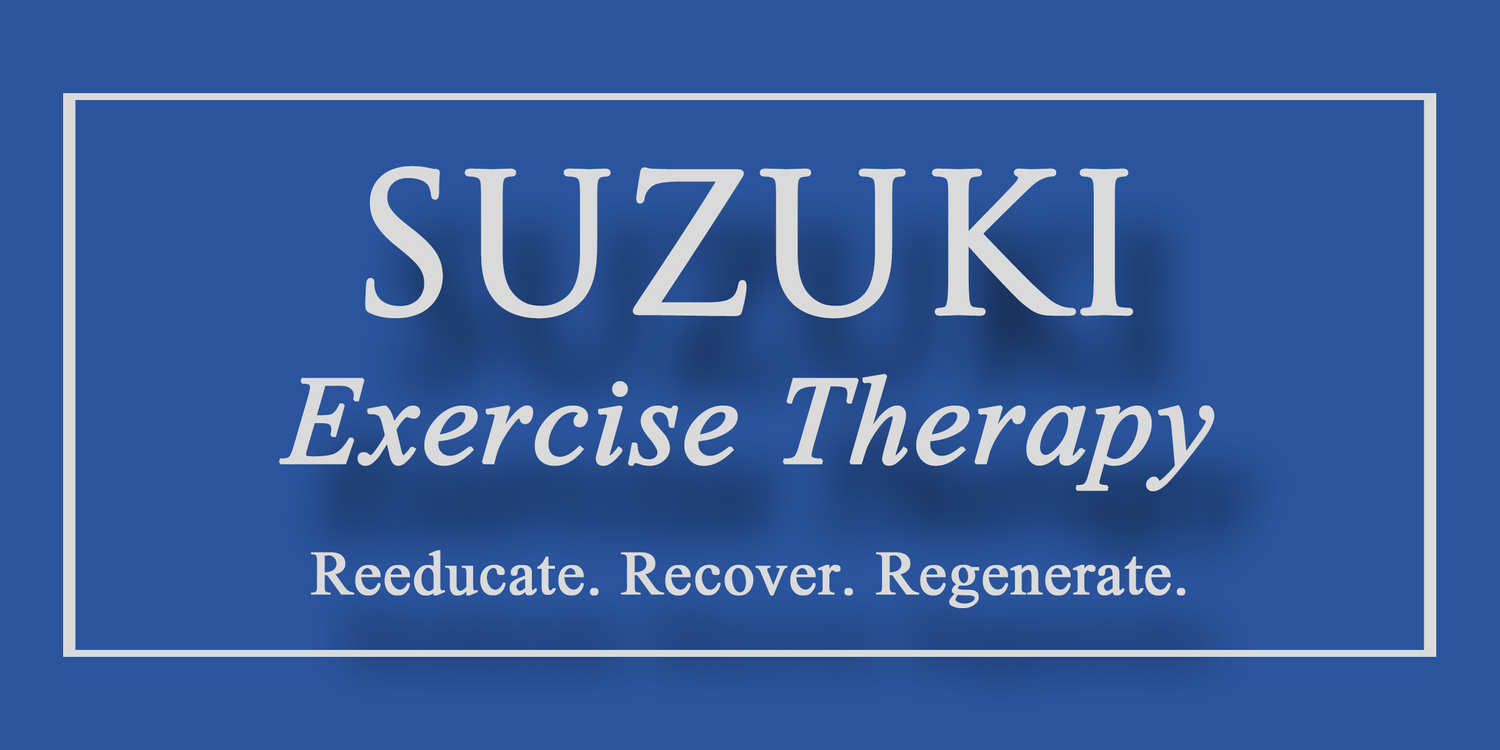By Boko Suzuki
I’m starting this blog post with an uncomfortable truth: I’m old. And my knees are the same age as me. They have a little wear and tear related osteoarthritis and some days they get cranky. Earlier this week they were complaining but I was planning to do a workout here:
Fun facts about Red Rocks amphitheater:
· seating capacity: 9525
· elevation: 6450
· steps: a helluva lot for someone with grumpy knees.
So what to do? Here’s what I did: first I did some gentle mobilization through my knees’ full range of motion. This does a couple of things: first of all, the movement stimulates the release of synovial fluid, which lubricates the knees. Secondly, and perhaps more importantly, it allows me to check for things like instability or acute pain; the kinds of things that suggest structural damage. Once I was satisfied that my knees were structurally sound, I did some exercises to strengthen my posterior chain – Romanian deadlifts and Nordic hamstring curls.
Okay, what is a posterior chain and why would activating it help my knees? Anatomically speaking, the posterior chain comprises the muscles that run down the entire backside of our body but the part that is key for me doing an activity like a Red Rocks workout is made up of the glutes, hamstrings, and calves. When I climb the steps at Red Rocks I need to use my quadriceps muscles as well as my glutes, hamstrings, and calves. But almost without exception, my clients who complain of knee pain have an imbalance between their quads and their hamstrings. Here’s how it works:
Your quadriceps muscles are agonist muscles in knee extension, or in English, they work to straighten your leg (think of the leg extension machine at the gym). Your hamstrings are agonists in knee flexion; they work to bend your leg. But your hamstrings are also antagonist muscles in knee extension. There are lots of really technical biomechanical reasons (a link to a good article below for nerds like me) for why this protects your knee but a simple way to look at it is this: when you put your foot on a step and push yourself up, the quads act as a gas pedal and the hamstrings act as a brake. Now my friend Chad recently purchased a Porsche 911. This is a really, really nice car and I will refrain from making midlife crisis jokes about Chad but I want you to imagine that this car, which has a top speed of 188 miles per hour, has faulty brakes. Most likely a warning saying, “brake failure” would light up on the dashboard. If we understand that pain is your body’s warning light mechanism and that the brakes on your knee extension are faulty if your hamstrings are weak, we start to understand how a quad/hamstring imbalance can lead to knee pain.
I ended up having a lovely Red Rocks workout with no knee pain and I encourage you to: get your backside in gear!
https://pubmed.ncbi.nlm.nih.gov/10755275/







